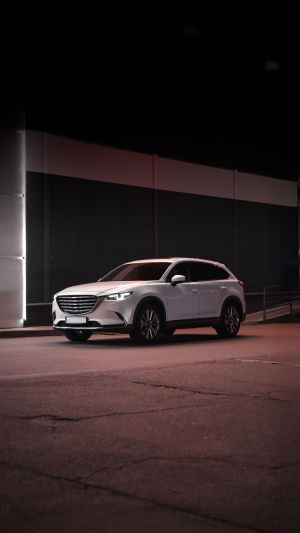Have you ever noticed how different the world feels behind the wheel at night? Streetlights cast long shadows, headlights create glare, and familiar streets seem unfamiliar.
Night driving can be both peaceful and risky. While traffic is often lighter, the reduced visibility and increased fatigue make it more dangerous than daytime driving.
Understanding the key strategies for safe nighttime driving can keep you and others on the road protected.
<h3>Check Your Vehicle's Lights</h3>
Your headlights, brake lights, and turn signals are your most critical tools at night. Dim or misaligned headlights reduce your ability to see obstacles and make it harder for other drivers to notice you. Before heading out, ensure all lights are working properly and lenses are clean.
Adjust your headlights to illuminate the road without blinding oncoming traffic. High beams are useful on empty roads, but remember to switch to low beams when another vehicle approaches.
<h3>Keep Windows and Mirrors Clean</h3>
Smudges, dust, or streaks on your windshield and mirrors amplify glare from streetlights and headlights. Clean your windows both inside and out regularly. Even a small layer of dirt can reflect light and make it harder to see pedestrians, animals, or road signs.
Adjust mirrors to minimize glare and reduce reflections from cars behind you. A clear view is essential for safe decision-making at night.
<h3>Reduce Speed and Increase Following Distance</h3>
At night, your depth perception and peripheral vision are compromised. You need more time to react to sudden obstacles or changes in traffic. Reducing your speed by 10–15 mph from your usual pace gives you extra seconds to respond.
Increasing the following distance to four or five seconds also helps. This buffer allows you to brake gradually and avoid collisions if the vehicle ahead stops suddenly.
<h3>Avoid Glare and Fatigue</h3>
Glare from headlights, streetlights, and reflective surfaces can strain your eyes and reduce visibility. Adjust your rearview mirror to the night setting and keep your dashboard lights dim. If oncoming headlights blind you, glance slightly to the right edge of your lane instead of looking directly at them.
Fatigue is another major risk at night. Drowsy driving impairs judgment and reaction time as much as fatigue. If you feel sleepy, pull over at a safe location, stretch, or take a short nap. Avoid heavy meals before driving, as digestion can contribute to tiredness.
<h3>Be Extra Cautious Around Pedestrians and Animals</h3>
Pedestrians, cyclists, and animals are harder to see in low light. Watch for reflective clothing or gear and slow down in areas where people are likely to cross. Rural or wooded roads may have animals crossing unexpectedly, so scanning the roadside for movement is crucial. Always be prepared to brake gently and steadily to avoid sudden maneuvers.
<h3>Plan Your Route and Timing</h3>
Familiarity with your route reduces stress and unexpected surprises. Nighttime visibility is limited, so knowing where curves, intersections, or potential hazards lie can help you navigate more confidently. If possible, plan your trips to avoid the late hours when your body naturally wants to sleep. Shorter trips are easier to manage than long stretches of dark road.
<h3>Keep Your Vision Sharp</h3>
Eye health is critical for night driving. Regular eye exams ensure your prescription is up to date and your vision is optimal. Consider anti-reflective lenses if you wear glasses to reduce glare. If you notice difficulty seeing at night, avoid driving until your eyes have been checked. Maintaining a clear vision can mean the difference between reacting in time and a close call.
<h3>Use Technology Wisely</h3>
Modern cars have safety features like automatic high beams, night vision assist, and lane departure warnings. These tools can enhance safety, but shouldn't replace attentive driving. Understand how these features work and use them appropriately. They are meant to complement your awareness, not substitute for it.
Driving at night requires more attention, patience, and preparation than daytime driving. By keeping your lights and windows in top condition, reducing speed, staying alert, and planning your route, you can navigate dark roads safely.
Each night drive is an opportunity to refine your skills, stay aware of potential hazards, and enjoy the quiet calm of nighttime roads. With careful habits, night driving can be a safe and even enjoyable experience.





